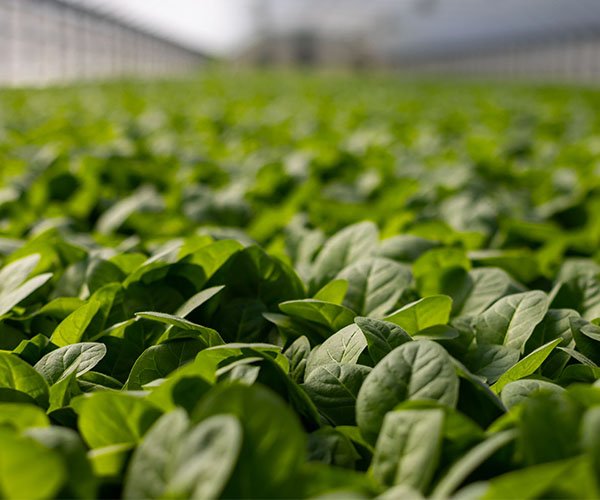Potassium silicate fertilizer is a multifunctional fertilizer containing potassium and silicon, which can effectively promote plant growth and enhance the plant’s resistance to diseases and pests. The following are Potassium Silicate Fertilizer Application Methods:
1. Base Fertilizer Application:
It can be used as a base fertilizer before planting. Mix the fertilizer evenly with the soil. The typical application rate is 20-30 kg per mu (Chinese acre), which can be adjusted based on soil conditions and crop needs.
2. Top Dressing Application:
During crop growth, potassium silicate fertilizer can be applied as top dressing. This can be done by banding, furrow application, or broadcasting. The usual application rate is 10-15 kg per mu. Top dressing should be applied during periods of vigorous growth or when potassium demand is high for optimal results.
3. Foliar Spray:
Dissolve the fertilizer in water and spray it on the leaves for rapid absorption, enhancing disease resistance. The typical spray concentration is 0.2%-0.5%, applied every 7-10 days, with adjustments based on crop growth and weather conditions.
4. Combined Use with Other Fertilizers:
Potassium silicate fertilizer can be used in combination with other fertilizers, such as nitrogen and phosphorus fertilizers, to enhance overall effectiveness. However, avoid mixing it with strong acidic fertilizers, as this may reduce its efficacy.
5. Precautions:
- It’s recommended to conduct a soil test before use to determine the levels of silicon and potassium in the soil for proper application.
- Potassium silicate fertilizer is suitable for various crops but is particularly effective for potassium-loving crops such as rice, wheat, and corn.
- Store in a dry place and avoid contact with acidic substances.
Proper use of potassium silicate fertilizer can significantly increase crop yield and quality while enhancing resistance to environmental stress.


